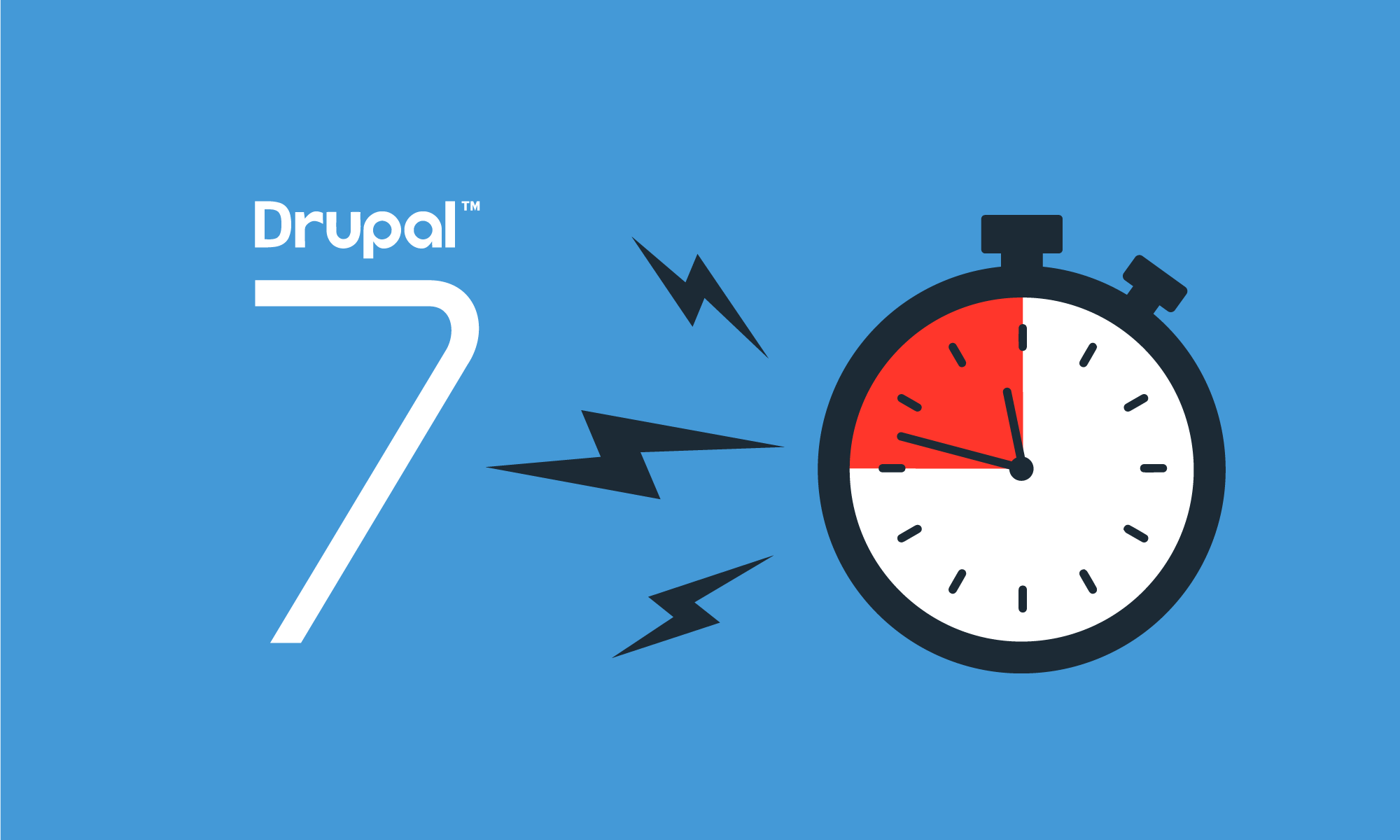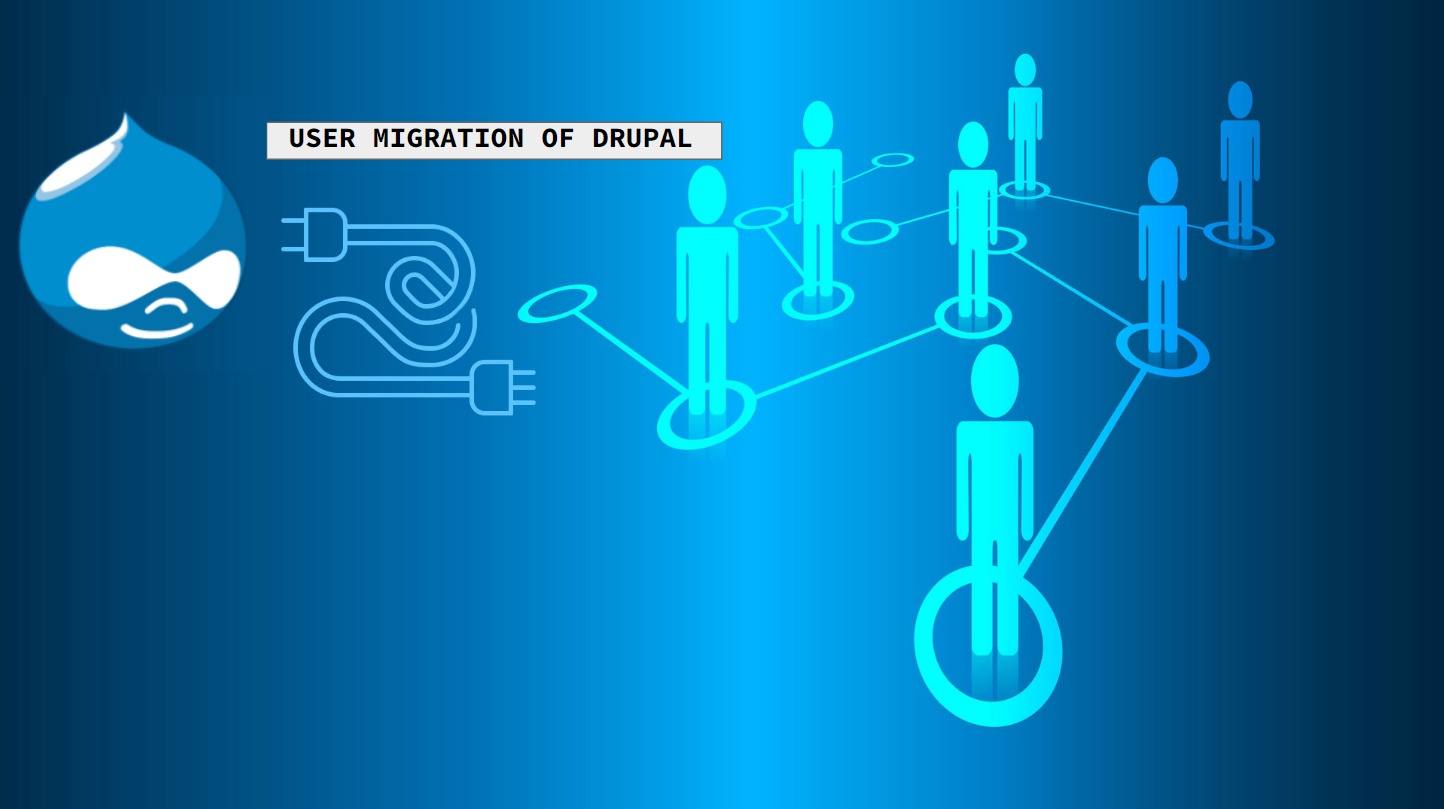In the ever-evolving landscape of content management systems, Drupal has stood as a robust and flexible platform for powering websites of all sizes. However, as technology marches forward, it's essential to keep up with the changes and ensure that your website remains secure, up-to-date, and equipped with the latest features. This brings us to a critical juncture: Drupal 7 End of Life.
1. Drupal 7 End of Life: Understanding the Significance
Drupal 7, a stalwart version that has served the community for years, is reaching the end of its lifecycle. But in the context of software like Drupal, what precisely does "End of Life" mean? It marks the time when the Drupal community stops providing official support and updates for a given version. EOL signifies that Drupal 7 will no longer get official assistance, security upgrades, or bug patches from the Drupal core team.
Significant ramifications for websites using Drupal 7 stem from this shift. These websites are susceptible to security breaches and exploits since they don't receive security upgrades. Unpatched vulnerabilities are a target for hackers, endangering sensitive data and user information.
Furthermore, when new web standards and server configurations emerge, Drupal 7's compatibility with current web technologies may deteriorate over time. Websites reliant on Drupal 7 may have trouble keeping up with the latest innovations as the digital landscape changes.
Website owners are advised to upgrade to more recent Drupal versions, such as Drupal 9 or 10, in order to fix these issues. These updated versions ensure the endurance and sustainability of their online presence by providing better security features, enhanced performance, and access to new functionalities.
2. When is Drupal 7 End of Life?
The official end of life for Drupal 7 has been postponed until January 5, 2025. After this date, Drupal 7 will no longer receive security support; this is the last extension. Be at ease, though! You can migrate your Drupal 7 sites using the partners, tools, and resources provided by the Drupal Association and Drupal Security Team. 14 years have passed since the initial release of Drupal 7 as of this end-of-life date. This means that after this date, there will be no further security updates or official support from the Drupal core team.

![]()
3. The Implications of Drupal 7 End of Life
As Drupal 7 reaches its End of Life, several implications come into play:
- Security Vulnerabilities: Without the security updates provided by the Drupal community, websites running Drupal 7 could become susceptible to security vulnerabilities and potential breaches.
- Lack of Compatibility: As web technologies advance, Drupal 7 may become increasingly incompatible with modern browsers, server configurations, and emerging web standards.
- Missed Features: New features and functionalities introduced in later versions of Drupal will not be available to websites still running on Drupal 7.

4. The Path Forward: Drupal 7 Migration
With the imminent End of Life for Drupal 7, website owners and developers have a crucial decision to make: migrate to a newer version of Drupal or another content management system. Drupal migration involves moving your existing website's content, design, and functionality to a new platform while preserving your data integrity. You can check this blog to know more about the things to keep in mind while hiring a Drupal developer.
5. Drupal Migration: The Key Steps
a. Assessment and Planning: Start by evaluating your current website's structure, functionalities, and content. Understand what needs to be migrated and identify any custom modules or themes that might need adjustments for compatibility with the new version.
b. Choosing the Destination Version: Drupal 9 and 10 are the recommended destinations for migration. Drupal 9 is the immediate successor to Drupal 7, and Drupal 10 continues the trend of improvements and modernization.
c. Data Migration: Moving content, user accounts, and configurations from Drupal 7 to the chosen version requires careful data migration planning. Various migration modules and tools can help streamline this process.
d. Rebuilding Themes and Modules: Since Drupal 7 and later versions have significant architectural differences, custom themes and modules will need to be rebuilt or refactored to align with the new version's structure.
e. User Training: If the user interface changes significantly between your old and new Drupal versions, ensure that your team is adequately trained to navigate the new environment.

![]()
6. Benefits of Migrating to Drupal 9 or 10
Migrating from Drupal 7 to Drupal 9 or 10 offers numerous advantages:
- Enhanced Security: Drupal 9 and 10 come with updated security features and support that help safeguard your website against potential threats.
- Improved Performance: Modern Drupal versions are optimized for better performance, ensuring faster loading times and smoother user experiences.
- Future Compatibility: By migrating to a newer version, you're setting your website up for compatibility with upcoming technologies and web standards.
- Access to New Features: Drupal 9 and 10 offer a host of new features, improved workflows, and enhanced tools that empower you to create even more compelling websites.

7. Preparing for a Smooth Migration
a. Backup and Testing: Before embarking on any migration, create a complete backup of your Drupal 7 website. Test the migration process on a staging environment to identify and resolve any potential issues beforehand.
b. Engage Expertise: Depending on the complexity of your website, consider engaging Drupal development experts or agencies to ensure a seamless migration process.
c. Content Cleanup: Take this opportunity to review and clean up your existing content. Remove outdated information, reorganize content as needed, and optimize images for the new website.
d. Communication Strategy: If your website has a user base, it's important to communicate the upcoming changes to them, explaining the benefits of the migration and any potential downtime.
8. Final Thoughts
The imminent Drupal 7 End of Life serves as a reminder of the rapidly evolving nature of technology. Embracing change and ensuring the security and relevance of your online presence are essential for staying competitive in the digital world. By understanding the implications of Drupal 7's End of Life and proactively planning a migration strategy, you can navigate this transition smoothly, empowering your website to thrive on a modern and secure platform.
Remember, migrating to Drupal 9 or 10 isn't just a necessity – it's an opportunity to unlock new possibilities, streamline your workflows, and continue delivering exceptional online experiences. Stay ahead of the curve and embark on this journey toward a more resilient and future-ready digital presence. Contact us today!

